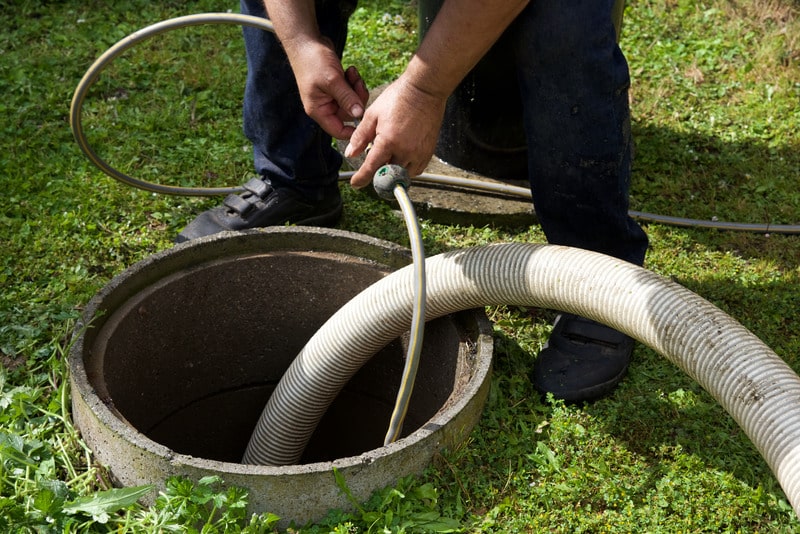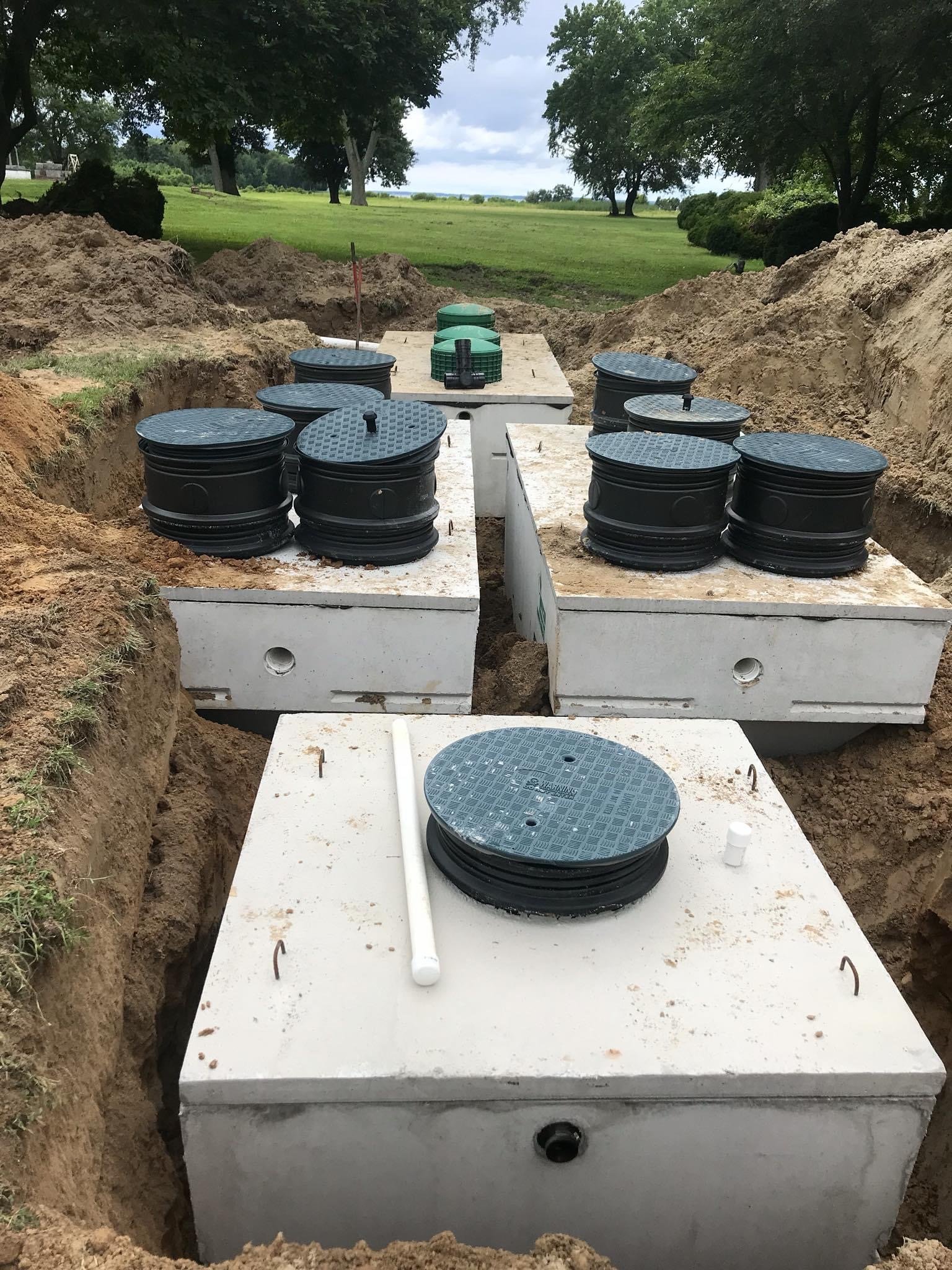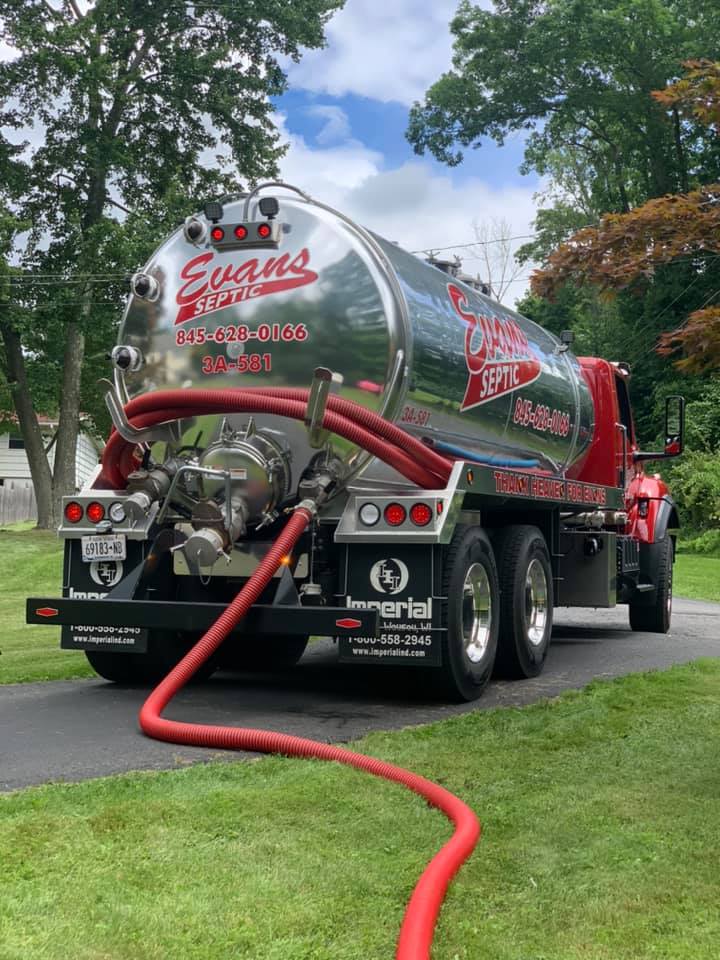The smart Trick of Stillwell Septic And Grading That Nobody is Discussing
Table of ContentsSome Known Details About Stillwell Septic And Grading The Buzz on Stillwell Septic And GradingStillwell Septic And Grading - QuestionsThe Greatest Guide To Stillwell Septic And GradingThe Basic Principles Of Stillwell Septic And Grading Some Ideas on Stillwell Septic And Grading You Should Know
Repair leaking taps and pipes components. https://www.cheaperseeker.com/u/stillwellsag. A leaking toilet can squander hundreds of gallons of water a day. Take much shorter showers. Make every effort for much less than 5 and do the shower jive. Take bathrooms with a partially-filled bathtub and do not leave the tap running when doing other jobs. Wash just complete lots of dishes and washing.

Getting The Stillwell Septic And Grading To Work
Prevent burning stacks of leaves or branches over the drainfield, as the warm could harm the plastic pipes listed below. Restriction the enhancement of topsoil or compost to no even more than a couple of inches over the drainfield. Setpic System Repairs. A good general rule for landscape design over drainfields is to use shallow-rooted plants that do not need added topsoil to thrive
Grass is the ideal cover. Stay clear of trees, shrubs, and water-loving plants with deep origins. Yards, mixed wildflowers, and ground covers with superficial roots are great alternatives. Plant trees and hedges at the very least 30 feet far from your sewage-disposal tank and drainfield to keep roots from entering and damaging or blocking the drainfield pipes.
To learn more please visit the Landscape design Your Drainfield web page. A septic tank failure triggers unattended sewer to be released and moved to where it should not be. This might cause sewer to come to the surface of the ground around the storage tank or the drainfield or to support in pipes in the structure.
Some Known Questions About Stillwell Septic And Grading.
For the most part, the person that drops in ventures out without major injury. But a kid's terrible death is a tip to check your septic tank for harmed or missing lids. Proprietors of septic systems are accountable for making certain the systems are secure and function effectively, including having a secure cover on the tanks
Regularly check the problem of the lids for threats or issues. Keep the covers secure by repairing or changing all damaged or missing out on parts. Usage screws, screws, browse this site or other locks to secure the covers and protect against very easy gain access to. Never ever drive or park automobiles in addition to septic systems- it can damage or remove the cover.
The 5-Second Trick For Stillwell Septic And Grading
Ensure the covers are safeguarded after working on your septic system. Instruct kids that the sewage-disposal tank lids are not to be used or opened. Have septic tanks that are no more in use properly decommissioned. For other basic risk-free practices around septic tanks please testimonial the Septics 201 DIY Program Septic Safety And Security Tips.
Keeping in mind the degrees will certainly help determine if there is a possible concern with the system. The container will certainly be completely pumped down, removing all of the fluid and strong waste - Septic Inspection. When the storage tank is entirely pumped, the inlet and electrical outlet tees of the will be evaluated to guarantee they are still intact and functioning correctly
All about Stillwell Septic And Grading
If you are home at the time of solution (absolutely not called for if that's not your point) you might be asked to purge your bathrooms to guarantee every little thing is moving correctly. When the service is total, the septic tank will certainly be covered as it was when we arrived! Experts advise having your system pumped every 3 to 5 years however several aspects must be thought about when deciding just how frequently your septic storage tank requires to be serviced.

If you are experiencing smells in your house, offer us a phone call. This can be an indicator of an upcoming septic back up! Potentially. If your septic has actually not been serviced in even more than 6 months, we would wish to service the septic very first. If the trouble lingers, a drainpipe cleaner will certainly after that be sent to get rid of the line to the septic system.
The Basic Principles Of Stillwell Septic And Grading

If the ponding is focused over the leach field that might mean a leach line is blocked with Bio-Mat and requires to be fixed or changed. Most septic storage tanks have a couple of covers; one over the inlet side of the septic system (where the water from your home gets in the container), one in the facility of the tank, and one on the outlet side of the storage tank (where the fluid from the storage tank departures to your leach field).
Cut up food bits do not break down in the sewage-disposal tank and can make their escape into your leach field lines causing clogs. Rubbish disposals, also those marked septic secure, are ruled out helpful for your septic system. Correct functioning degree is where the water degree in your container meets the outlet tee of the container.
Comments on “Stillwell Septic And Grading Fundamentals Explained”